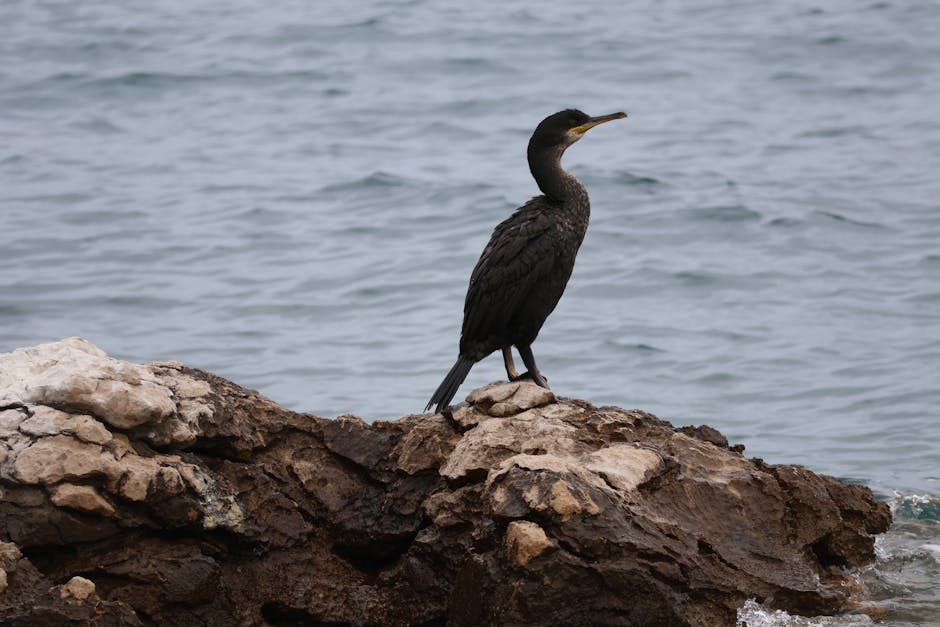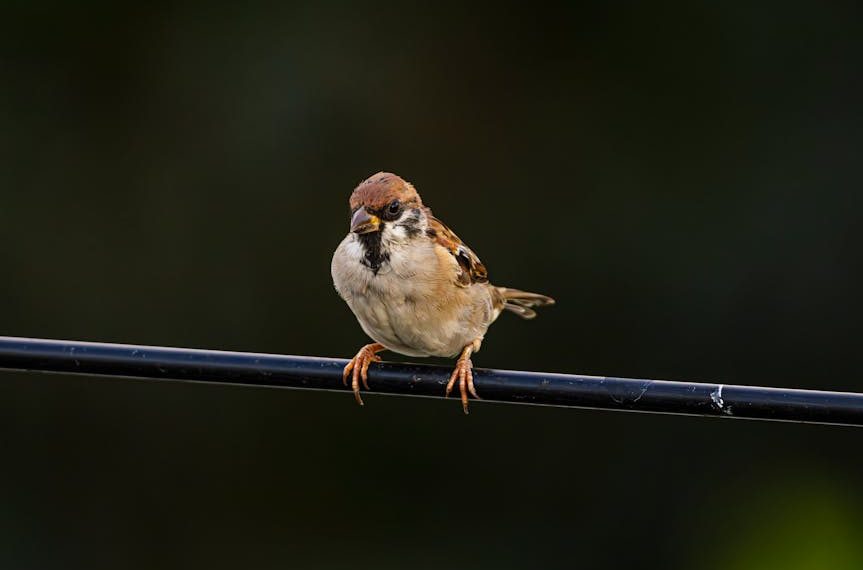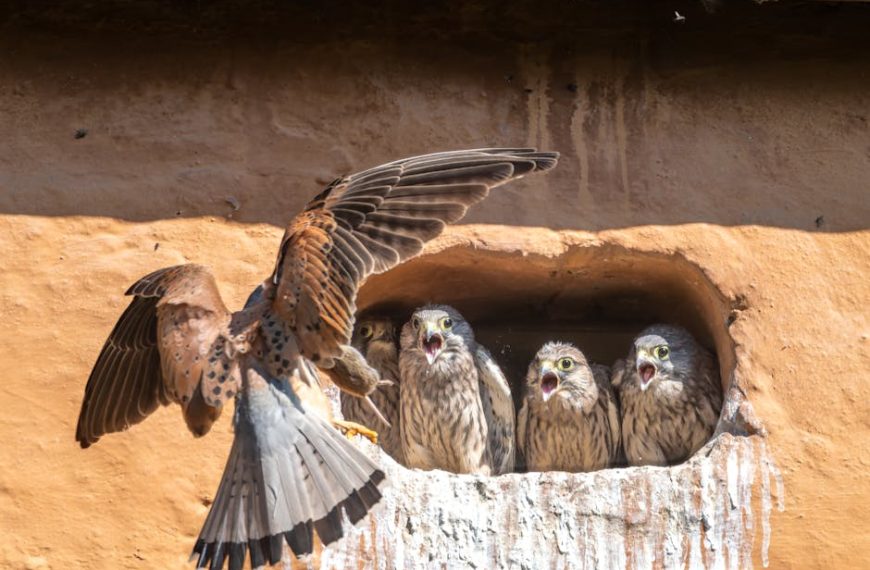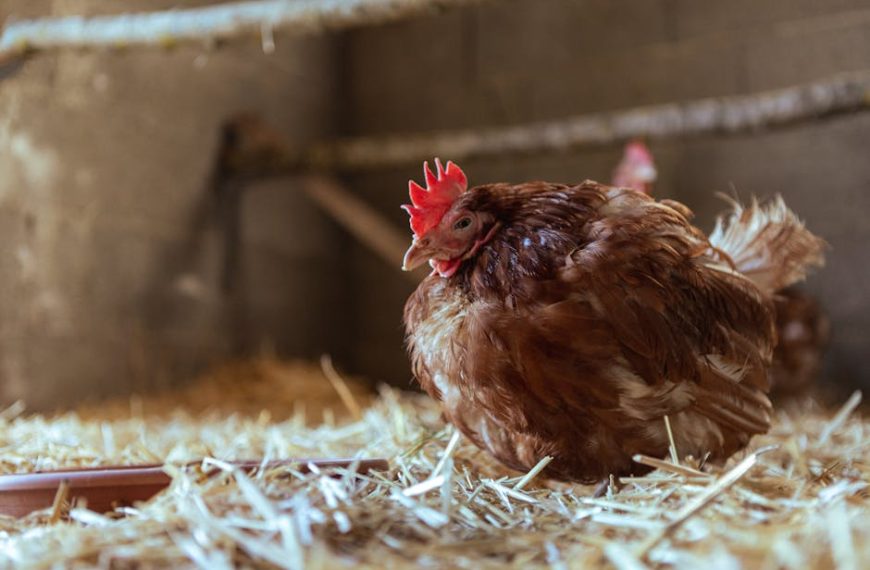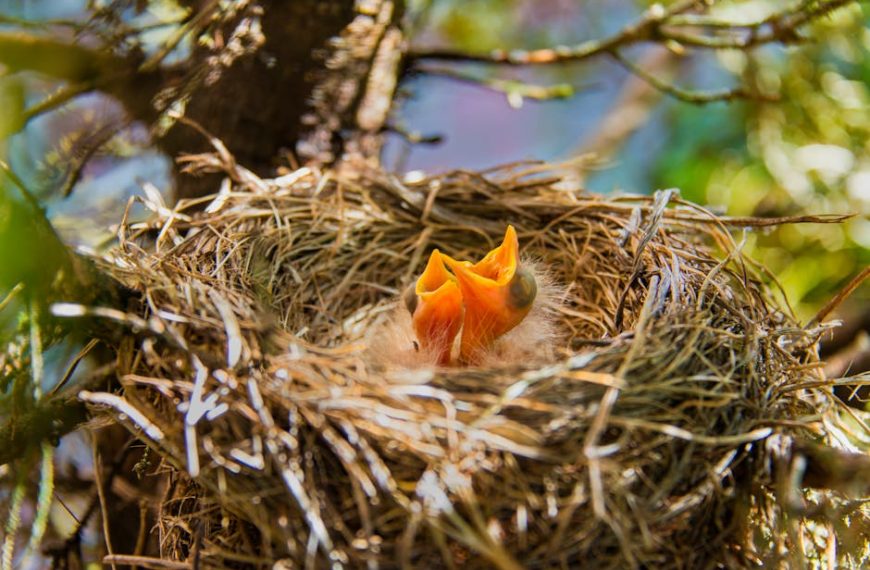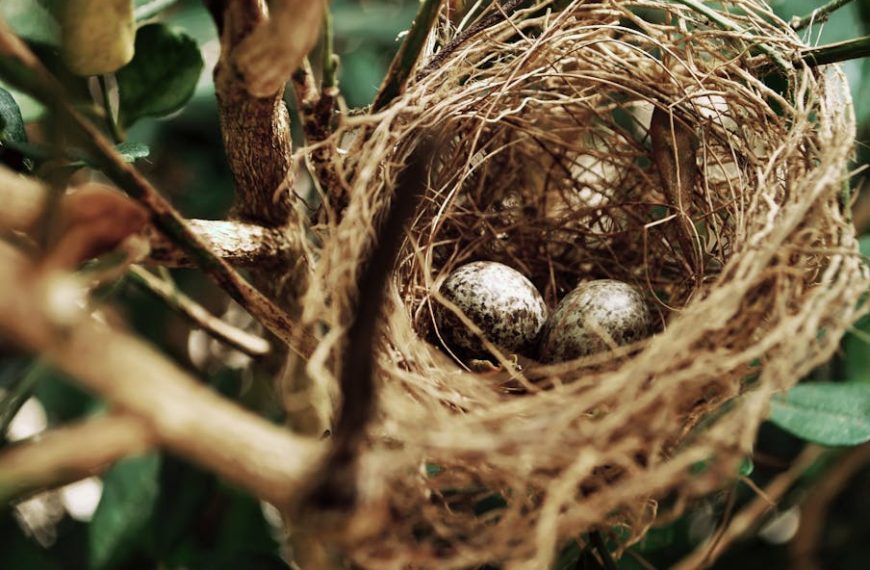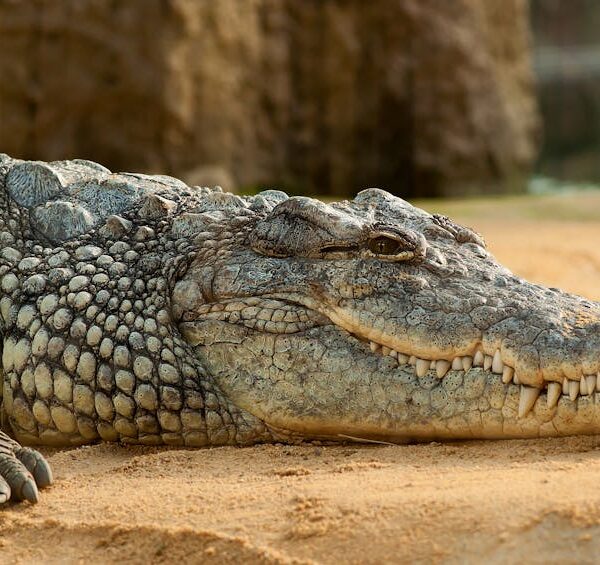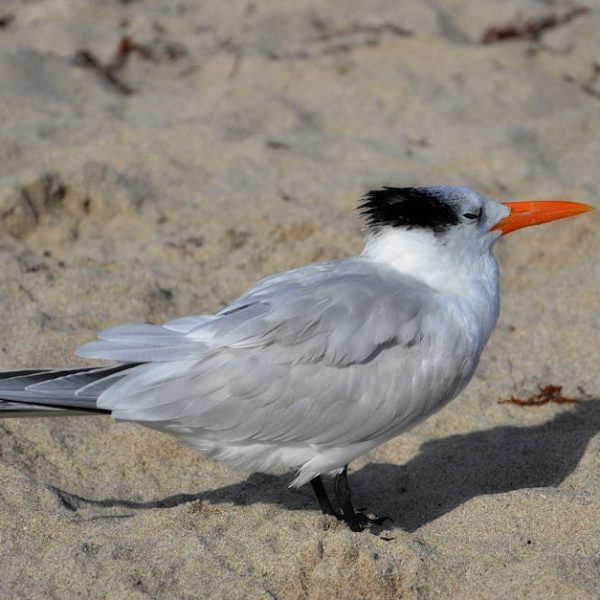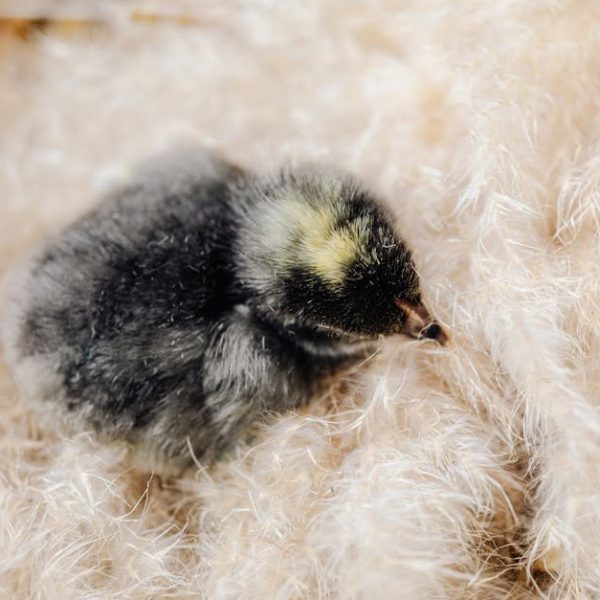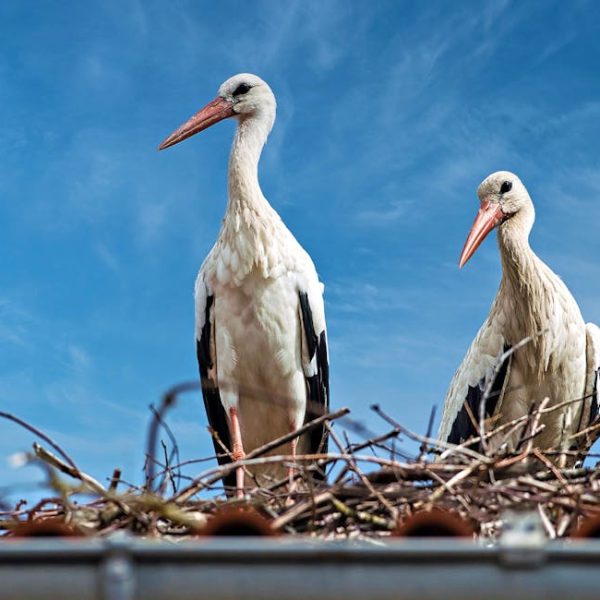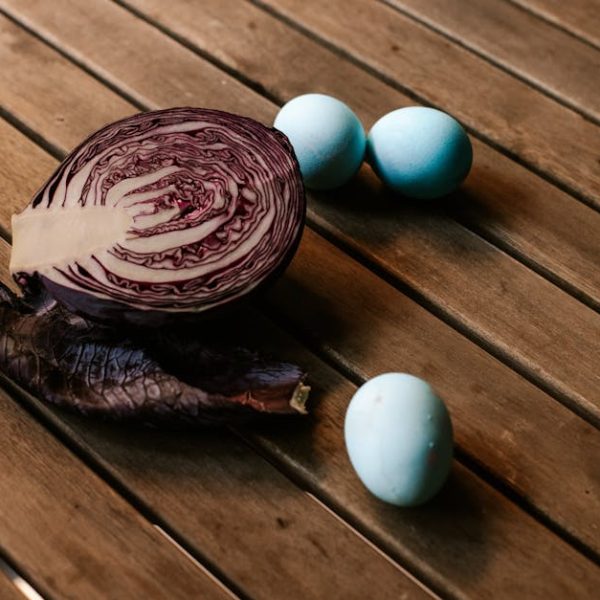Undeniably, the process of how birds are born is an extraordinary spectacle of nature. Unlike mammals, which give live birth, birds reproduce by laying eggs. The procedure is simply astounding, encompassing an intricate series of steps, all of which play pivotal roles in the overall process – from egg formation and incubation to embryonic development and finally, the bird’s arrival through hatching.
The Process of Egg Formation
Birds have a fascinating reproduction system where the eggs get formed. The scenario begins in a female bird’s ovary. A yolk, which is essentially a mature egg cell or ovum, is produced. This ovum then travels down the bird’s oviduct. If the female bird has mated with a male, the sperm fertilizes the ovum. The unfertilized or fertilized egg then undergoes several transformations. It gains layers of albumen or egg white, membranes, and finally, a shell, which are formed sequentially during its journey within the oviduct.
Pro tip: Bird’s eggs are not always the plain white we commonly see in chicken’s eggs. They can vary in color, markings, and sizes. This variety is not just for appeal but plays vital roles, like camouflage from predators and signaling between birds.
The Incubation Period
After the formation, the female bird lays the eggs in a meticulously built nest, and the incubation period begins. Incubation ensures the eggs remain at the right warmth for the embryo to develop, typically achieved by one or both parents sitting on the eggs. Different bird species have different durations for incubation.
Best Practice: If you happen to come across birds incubating their eggs while bird-watching or enjoying nature, always remember to maintain an adequate distance and never disturb these delicate moments.
Embryonic Development Inside The Egg
For the embryo inside the egg, development is a clockwork process. It starts from a simple cluster of cells and develops into a full-fledged chick. The yolk and albumen serve as consistent sources of nourishment, while the air cell at the broad end of the egg supplies oxygen to the growing embryo.
One exciting feature chicks develop during incubation is the ‘egg tooth’ – a small, sharp spike on their beak. This temporary fixture is a lifesaver, playing a critical part when the time comes for the chick to break free from its protective shell.
Now, you might wonder, why do birds lay eggs instead of having live births like many mammals? Well, each method has its pros and cons. For instance, egg-laying allows birds to have more offspring at once, but on the downside, eggs need extensive protection and care as they develop. On the other hand, live birth, as mammalian species prefer, allows for advanced development of the offspring before birth but also demands more resources from the parent during pregnancy.
Our journey isn’t half complete yet! The next stages involve hatching, growth, and fledging, where we’ll get to learn more about what happens when the chick finally breaks through the shell and discovers its new world. So, let’s continue to dive deeper into this captivating subject.
The Chick’s Arrival: Hatching
After the embryonic development inside the egg, the time for hatching finally arrives. The chick utilizes the egg tooth that we discussed earlier – this sharp, tiny protuberance conveniently located on the tip of the beak does a fantastic job helping the chick to make the first crack in the shell, a process known as ‘pipping’. This monumental task can take anywhere from a few hours up to a couple of days, depending on the bird species. It’s a laborious process, requiring great stamina from the chick, but upon completion, our little friend is officially born, wet and tired from the effort, yet instinctively alert to its surroundings.
To further grasp the uniqueness and adaptability of birds, we can contrast the way bird chicks are born with how mammal babies are born.
Here is a comparative table:
| Birds | Mammals | |
|---|---|---|
| Birth | Hatching from eggs | Live birth |
| Newly Born | Can be precocial (independent and mobile) or altricial (need extensive parental care) | Usually need extensive parental care |
| Parental Care | Varying degrees, depending on the species | Usually high |
Post-Hatch: Growth and Fledging
It’s a misconception that our chick’s journey ends with hatching. Truthfully, it’s just the beginning! From this point, parent birds engage in an exhaustive regimen of feeding, warming, and safeguarding their new arrivals.
As days proceed, the fluffy chick begins transforming. It gains weight, its downy feathers make way for flight feathers, and the handy egg tooth disappears, having served its purpose. This transition phase is called fledging and marks the chick’s first steps towards self-sufficiency.
Finally, when the chick has gained enough strength and feathers, it takes the thrilling leap into its first flight, finally leaving the nest behind. Yet, parent birds often continue to supervise and feed their offspring until they’re entirely self-reliant.
If you encounter a baby bird out of its nest, adhere to this checklist:
- Do not touch the bird. Human scent can repel parent birds, leaving the chick abandoned.
- Check if the bird is hurt. If not, it might just be a fledgling learning to fly.
- Contact a wildlife rescue service if the bird seems in distress or abandoned.
Conclusion
The tale of how a little hatchling takes its first flight is indeed a remarkable journey! As we can see, this process involves an incredible amount of effort and intricate biological developments woven into every stage. The life-cycle of birds is, without doubt, a true marvel of nature.
Key Takeaway:
- Avian reproduction involves several distinct stages such as egg formation, incubation, embryonic development, hatching, growth, and fledging.
- Birds’ eggs can vary in color, markings, and sizes for purposes such as camouflage and signaling between birds.
- Birds undergo a meticulous incubation process to maintain the right warmth for the embryo to develop.
- The development of the chick involves the formation of an ‘egg tooth’, a crucial tool for breaking free from the shell during hatching.
- Birds can be either precocial or altricial at birth, indicating the varying degrees of parental care they require.
- The bird’s journey doesn’t end with hatching, as the post-hatch phase involves extensive parental care and hunts for self-sufficiency.
Understanding bird reproduction isn’t only fascinating; it promotes a greater appreciation for the natural world. It’s advisable to respect these processes by maintaining adequate distance when watching birds, and to contact wildlife services if a baby bird appears to be in distress or abandoned.
FAQs
Q: Are all bird eggs the same color?
A: No, bird eggs vary in color, markings, and sizes. These characteristics are not just for appeal but play vital roles, like camouflage from predators and signalling between birds.
Q: How does a bird chick break out of its eggshell?
A: Bird chicks develop a temporary ‘egg tooth,’ a sharp protuberance on their beak, which helps them break through the eggshell. This process is called pipping.
Q: What is the ‘incipientation period’ in bird reproduction?
A: The incubation period refers to the time between when the bird lays its eggs and when they hatch. During this time, the eggs are kept at the right warmth, typically by a parent sitting on them.
Q: Is it true that baby birds can fly within hours after hatching?
A: It depends on the bird species. Some birds, called precocial birds, are relatively mature and mobile upon hatching, while others, known as altricial birds, are helpless and require extended parental care.
Q: What should I do if I find a baby bird out of its nest?
A: If you encounter a baby bird out of its nest, do not touch the bird as human scent can repel parent birds. Check if the bird is hurt or seems in distress and if so, contact a wildlife rescue service. It could be that the bird is merely a fledgling learning to fly.
Remember, the incredible journey of bird reproduction deserves our respect and acknowledgement. Enjoy bird-watching responsibly, and don’t forget to share this article with others who might find it intriguing. There’s so much more to explore, so keep reading!
